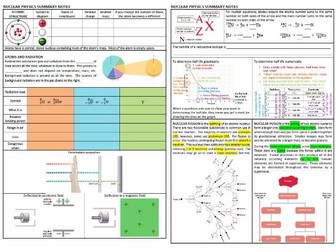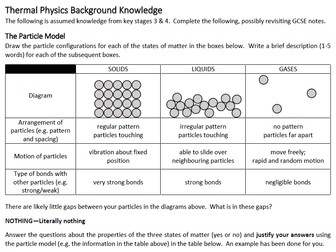
Atomic theory timeline
Activity for students to learn (or revise) the evolution of the atom. Focuses on discoveries required for AQA additional physics (P2.5.1 atomic structure), including plum pudding model, Rutherford's gold foil experiment, and the subsequent Rutherford and Bohr models.
The first two pages of the word document is a summary of how the atomic model has changed with diagrams of the models. The third page has pictures of all of the scientists (and philosopher) named in the history (print 1 page for 2 pupils). The fourth page has instructions on how to set up a book for the timeline (as a double page wasn't enough). I instructed my pupils, rather than printing this page out. The fourth and fifth pages have pictures of some of my students' timelines. The four examples are also included here as .jpg.
I started this with my students (year 10) in class, then had them finish it as homework, but it could be used completely as homework or completely as a class activity (especially with younger students), reading out the information sentence-by-sentence and building up the timeline together.

